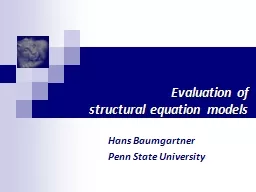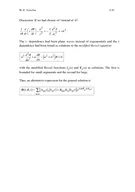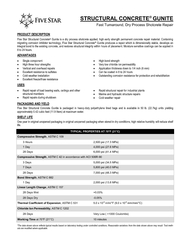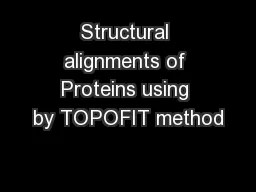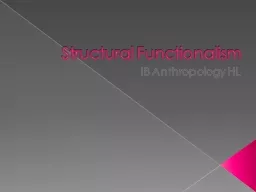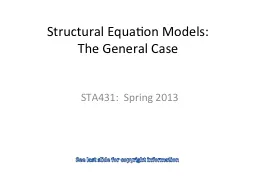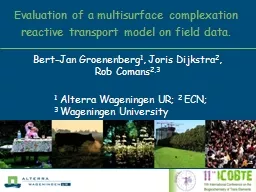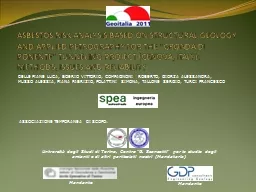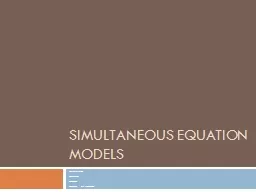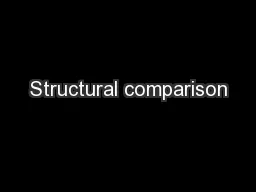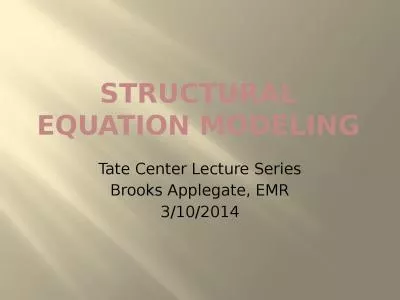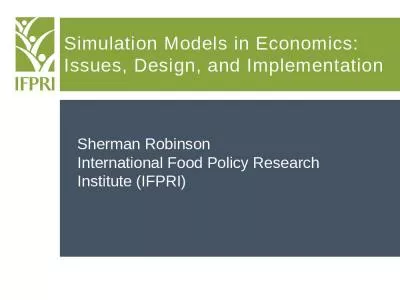PPT-Evaluation of structural equation models
Author : southan | Published Date : 2020-06-23
Hans Baumgartner Penn State University Issues related to the initial specification of theoretical models of interest Model specification Measurement model EFA vs
Presentation Embed Code
Download Presentation
Download Presentation The PPT/PDF document "Evaluation of structural equation model..." is the property of its rightful owner. Permission is granted to download and print the materials on this website for personal, non-commercial use only, and to display it on your personal computer provided you do not modify the materials and that you retain all copyright notices contained in the materials. By downloading content from our website, you accept the terms of this agreement.
Evaluation of structural equation models: Transcript
Download Rules Of Document
"Evaluation of structural equation models"The content belongs to its owner. You may download and print it for personal use, without modification, and keep all copyright notices. By downloading, you agree to these terms.
Related Documents

